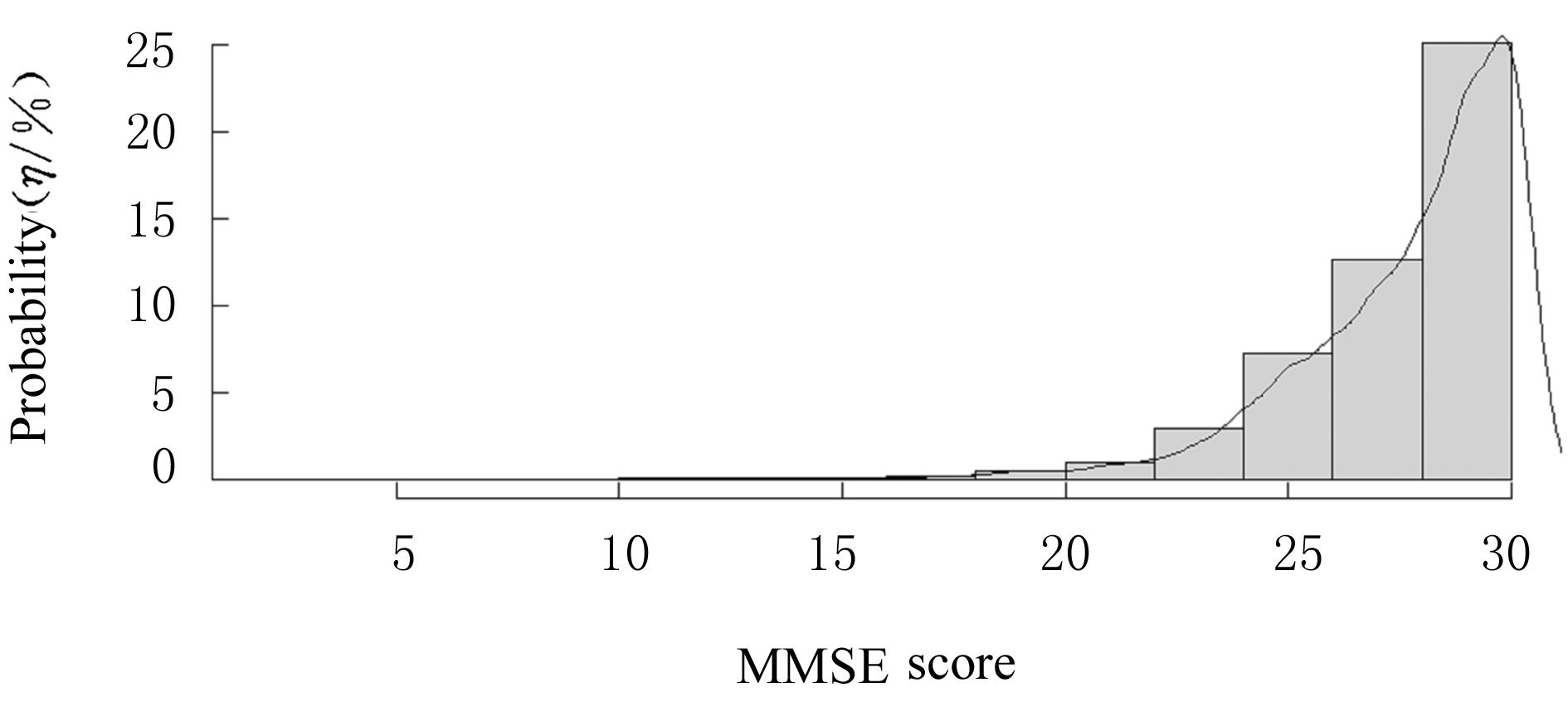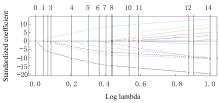| 1 |
宋 皓, 李玉萍, 王松华, 等. 阿尔茨海默症突触功能障碍研究进展[J]. 生命科学, 2018, 30(1): 20-26.
|
| 2 |
PRINCE M, WIMO A, GUERCHET M,et al. World Alzheimer report 2015: the global impact of dementia[M].London:Alzheimer’s Disease International,2015.
|
| 3 |
周正芳, 丁凤琴. 品管圈活动在老年阿尔茨海默症患者护理管理中的应用效果[J]. 实用临床护理学电子杂志, 2018, 3(45): 16-17.
|
| 4 |
胡薇薇, 侯雪芹, 廖儒佳, 等. 阿尔茨海默病的药物治疗靶点及新药研发进展: 我们还有新武器吗? [J]. 中国药理学与毒理学杂志, 2017, 31(7): 701-706.
|
| 5 |
DOODY R S, MASSMAN P, DUNN J K. A method for estimating progression rates in Alzheimer disease[J]. Arch Neurol, 2001, 58(3): 449-454.
|
| 6 |
DOODY R S, PAVLIK V, MASSMAN P, et al. Correction: Predicting progression of Alzheimer’s disease[J]. Alzheimers Res Ther, 2010, 2(3): 14.
|
| 7 |
汪秋燕, 祝云龙. 衢州市老年痴呆的患病率及危险因素[J]. 中国现代医生, 2021, 59(8): 33-38.
|
| 8 |
SCHMIDT-RICHBERG A, LEDIG C, GUERRERO R,et al. Learning biomarker models for progression estimation of Alzheimer’s disease[J]. PLoS One, 2016, 11(4): e0153040.
|
| 9 |
JACK C R J R, VEMURI P, WISTE H J, et al. Shapes of the trajectories of 5 major biomarkers of Alzheimer disease[J]. Arch Neurol, 2012, 69(7): 856-867.
|
| 10 |
BORAH B J, BASU A. Highlighting differences between conditional and unconditional quantile regression approaches through an application to assess medication adherence[J]. Heal Econ, 2013, 22(9): 1052-1070.
|
| 11 |
CHEN Y F, MA X W, SUNDELL K, et al. Quantile regression to characterize solanezumab effects in Alzheimer’s disease trials[J].Alzheimers Dement (N Y), 2016, 2(3): 192-198.
|
| 12 |
PALMA M, TAVAKOLI S, BRETTSCHNEIDER J, et al. Quantifying uncertainty in brain-predicted age using scalar-on-image quantile regression[J]. NeuroImage, 2020, 219: 116938.
|
| 13 |
SHERWOOD B, ZHOU A X H, WEINTRAUB S,et al. Using quantile regression to create baseline norms for neuropsychological tests[J]. Alzheimer’s Dement Diagn Assess Dis Monit, 2016, 2: 12-18.
|
| 14 |
AREVALO-RODRIGUEZ I, SMAILAGIC N, ROQUÉ I FIGULS M, et al. Mini-Mental State Examination (MMSE) for the detection of Alzheimer’s disease and other dementias in people with mild cognitive impairment (MCI)[J]. Cochrane Database Syst Rev, 2015(3): CD010783.
|
| 15 |
LI K, LUO S. Bayesian functional joint models for multivariate longitudinal and time-to-event data[J]. Comput Stat Data Anal, 2019, 129: 14-29.
|
| 16 |
曾 津, 周建军. 高维数据变量选择方法综述[J]. 数理统计与管理, 2017, 36(4): 678-692.
|
| 17 |
BEKRIS L M, YU C G, BIRD T D, et al. Genetics of Alzheimer disease[J]. J Geriatr Psychiatry Neurol,2010, 23(4): 213-227.
|
| 18 |
GOODMAN R A. Prevalence of dementia subtypes in United States Medicare fee-for-service beneficiaries, 2011-2013[J].Alzheimer’s Dement,2017,13(1): 28-37.
|
| 19 |
PEÑA-BAUTISTA C, ROCA M, LÓPEZ-CUEVAS R,et al. Metabolomics study to identify plasma biomarkers in alzheimer disease: ApoE genotype effect[J]. J Pharm Biomed Anal, 2020, 180: 113088.
|
| 20 |
UDEH-MOMOH C, PRICE G, ROPACKI M T,et al. Prospective evaluation of cognitive health and related factors in elderly at risk for developing Alzheimer’s dementia: a longitudinal cohort study[J]. J Prev Alzheimers Dis, 2019, 6(4): 256-266.
|
| 21 |
陈静华. Logistic回归模型、神经网络模型和决策树模型在轻度认知功能障碍向阿尔茨海默症转归预测中的比较[D]. 南昌: 南昌大学, 2018.
|
| 22 |
杨晓敏, 鲍天昊, 阮 冶. 阿尔兹海默病发病危险因素概况[J]. 四川精神卫生, 2020, 33(6): 560-565.
|
| 23 |
张 温. 预防阿尔兹海默病越早越好[J]. 人人健康, 2021(7): 38-39.
|
| 24 |
YU J T, XU W, TAN C C, et al. Evidence-based prevention of Alzheimer’s disease: systematic review and meta-analysis of 243 observational prospective studies and 153 randomised controlled trials[J]. J Neurol Neurosurg Psychiatry, 2020,91(11):1201-1209.
|
| 25 |
LITKE R, GARCHARNA L C, JIWANI S, et al. Modifiable risk factors in Alzheimer disease and related dementias: a review[J].Clin Ther,2021,43(6):953-965.
|
 ),王素珍1
),王素珍1
 ),Suzhen WANG1
),Suzhen WANG1




